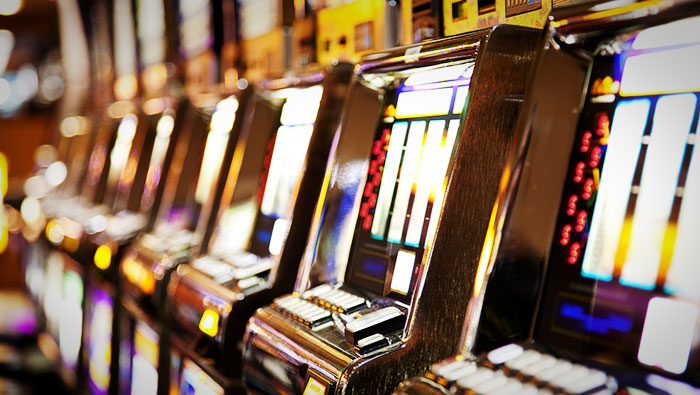The History of Gambling in Canada

Gambling has existed in some shape or form throughout history. In Canada, First Nations were playing games of chance for many years before Europeans showed up. These dice games had cultural and spiritual significance and often involved interchanging things like furs, dogs and toboggans. It wasn’t until John Cabot and his crew landed on the East Coast in 1497 that playing cards were introduced to North America.
The Canadian Criminal Code was enacted in 1892, and it took a firm stand on gambling, banning it entirely. Eight years later, the first of many amendments happened; an exception was made for charitable and religious raffles held at bazaars. As time went on, societal views softened on gambling, and by 1910, you could bet on horse racing. The government adopted the French pari-mutuel system, which divides the revenue of lost bets between the winners, with a portion going to the track and the government.
Gambling views continued to evolve through the mid-20th century, and by the time the Rat Pack hit the scene south of the border, gambling had experienced a face-lift; it was now associated with glitzy lifestyles and a certain seediness that appealed to people. Las Vegas boomed with big-name entertainers putting on shows that attracted millions of tourists, including Canadians, to the gambling mecca.
Gambling was no longer seen as immoral, and legislative changes were proposed in Canada. Two big amendments took place in the second half of the 20th century that liberated gambling; the first one legalized public lotteries in 1969, and the second one transferred gambling control from federal jurisdiction to provincial in 1985. Quebec was the first province to spearhead a lottery, introducing the Inter-Loto in 1970.
In 1985, each province became responsible for carrying out their own gambling laws. And one by one, casinos started to open, starting with the Crystal Casino in Winnipeg in 1989. The provincial governments also started to put Video Lottery Terminals (VLTs) in bars, and 12 years later, over 38,652 VLTs were operating at 8,309 locations across the country.
Gambling in Canada is now seen as a source of adult entertainment and an integral source of revenue. The OLG (Ontario Lottery and Gaming) funnels over a billion dollars annually into provincial initiatives, including the operation of hospitals. Since the Criminal Code’s inception, Canadians have figured out how to manage and profit from the gambling industry.


